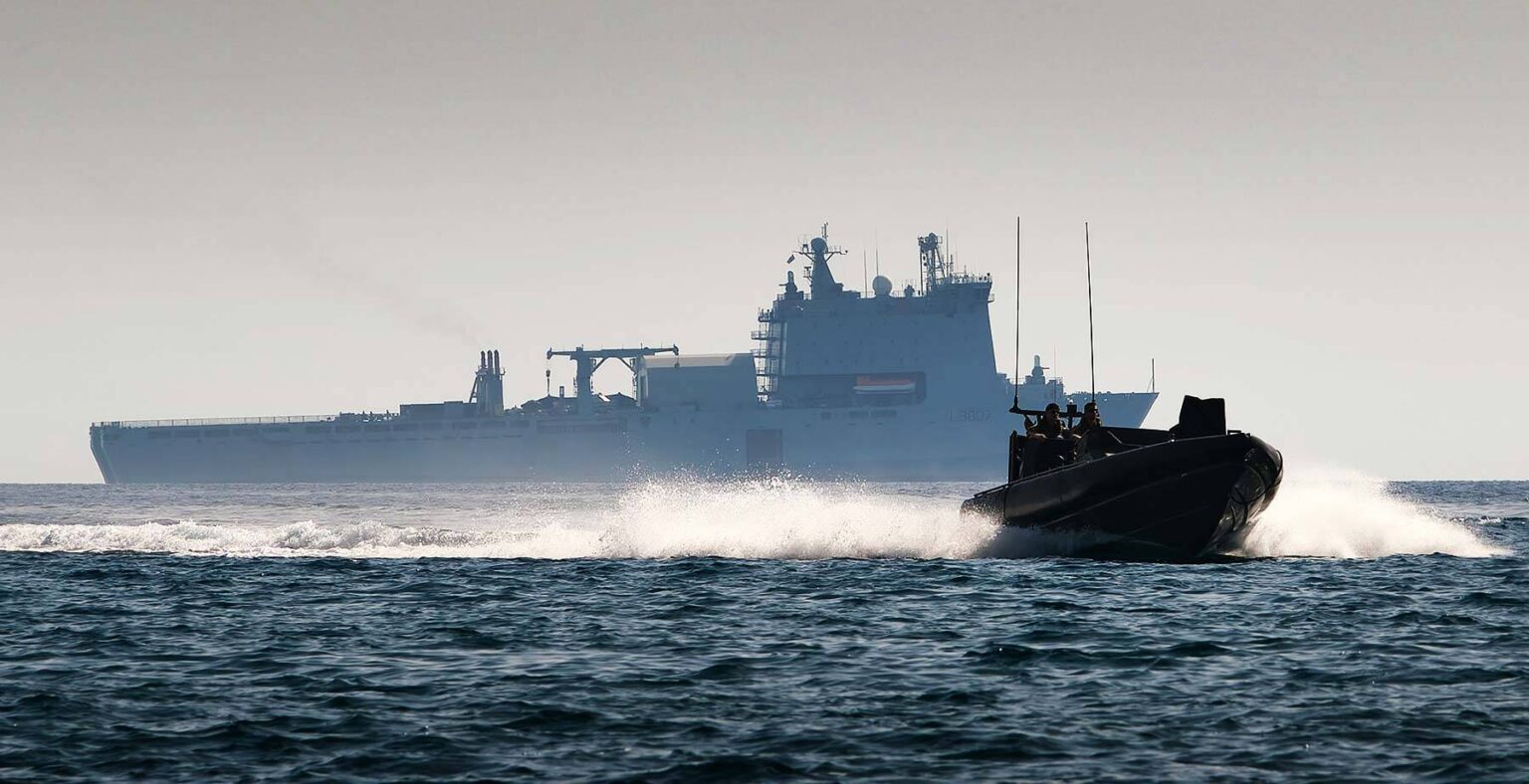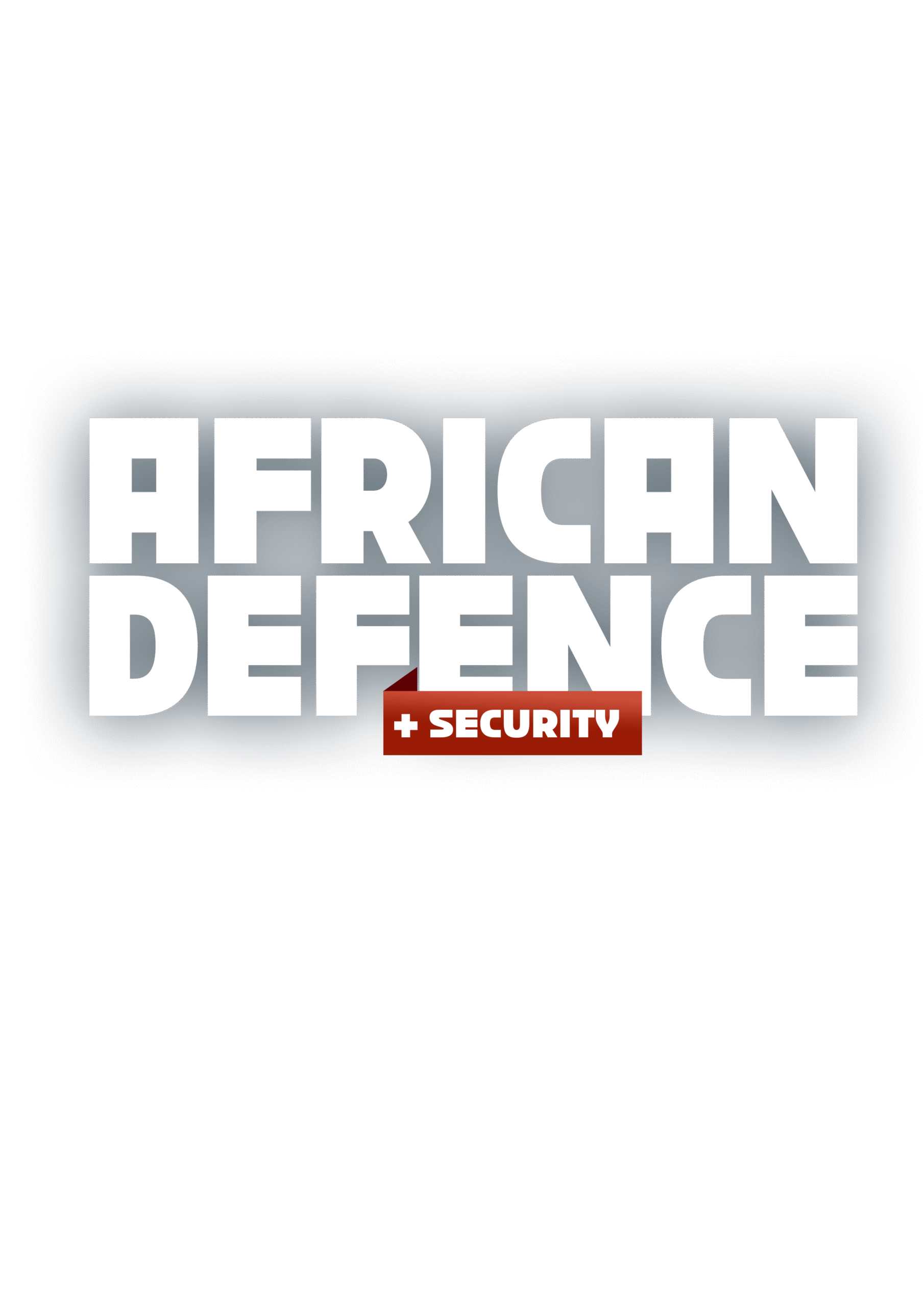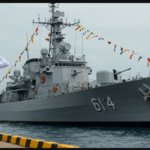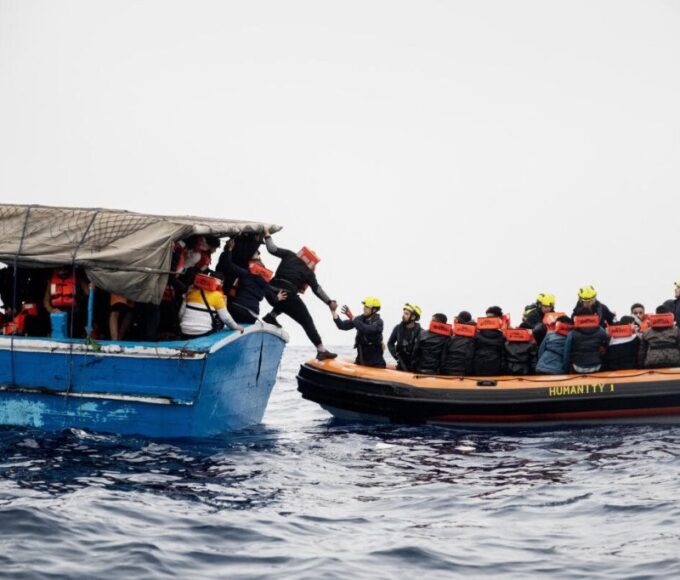Littoral Combat in Africa – Doctrine for Coastal Nations

Historically, African coastal nations faced unique maritime challenges shaped by geography and limited doctrine. Post-colonial navies inherited shallow-water vessels ill-suited for modern threats—ranging from piracy and smuggling to militant operations in riverine zones. Unlike open-ocean powers, African navies grapple with littoral environments: coastal regions characterized by shallow depths, complex shorelines, and dense population centers.
Across the continent, naval strategy had long focused on green-water or brown-water patrols rather than on structured littoral combat doctrine. Only in recent decades, under growing maritime threats and regional cooperation, have strategies and practices begun evolving toward a coherent operational understanding of littoral combat.
The question now: how are African navies—and their partners—defining a shared doctrine that enables effective littoral maneuver, defense, and intervention?
- Operational Characteristics of Littoral Combat
Littoral warfare demands specialized thinking and capabilities:
- Geographic Constraints: Shallow waters, reefs, estuaries, and narrow coastal zones hamper larger vessels, forcing reliance on fast, shallow-draft platforms. Tractability and maneuverability become essential.
- Population and Infrastructure Sensitivity: Coastal operations must avoid civilian harm and infrastructure damage, prompting careful planning and precision in execution.
- Technological Vulnerabilities: Reliance on advanced sensors or weaponry may be countered by adversaries using electronic warfare or asymmetric tactics.
African coastal navies reflect these constraints—favouring fast-attack craft, corvettes, and patrol boats. As noted by one analyst:
“Corvettes, fast attack and torpedo boats… are pretty much exclusively capable of doing the suggested mission.”
This captures how littoral-focused platforms dominate the naval capabilities of many African states.
- Emerging African Littoral Doctrine and Specialized Forces
Although formalized doctrine remains nascent, trends reveal a growing emphasis on doctrine development and force specialization:
- Nigeria: The Nigerian Navy’s Naval Doctrine Command (NAVDOC), elevated to command status in January 2022, is tasked with developing doctrine, assessing exercises like OBANGAME EXPRESS, and supporting fleet work-up procedures.
- Nigeria Navy Marines: Established on June 2, 2025, the Nigerian Navy Marines form Nigeria’s naval infantry component. They are tailored for amphibious operations, coastal defense, counter-insurgency, and special naval operations in littoral zones.
- Kenya: The Kenyan Navy has developed a Special Operations Squadron (SOS), including a Special Boat Unit (SBU) trained with U.S. Navy assistance. The SBU conducts rapid interdiction along Kenya’s northern coastline using Defender-class boats. The Navy also maintains a clearance diving unit and is building a naval infantry force likely to support littoral operations.
These developments reflect nascent doctrinal thinking prioritizing amphibious, interdiction, and fast-reaction capabilities tailored for coastal zones.
- Cooperative Strategy: Joint Exercises as Doctrinal Testing Grounds
Joint maritime exercises across Africa are strengthening doctrine through practice:
- Cutlass Express (Indian Ocean/East Africa) and Obangame Express (Gulf of Guinea) are U.S.-sponsored regional exercises focused on boarding operations, information exchange, and command interoperability. Obangame Express in 2018 spanned 2.36 million square kilometers and involved more than two dozen African and international participants
- Adm. James Foggo III highlighted how such exercises reinforce regional interdependence:
“Maritime security only works when entire regions cooperate.” He described how Obangame Express—by its ninth edition—involved 33 countries and tested more than 80 cross-border scenarios, advancing interoperability and real-world operations like “Operation Junction Rain” for enforcement against illegal fishing and trafficking.
- African Lion, a U.S.–Morocco-led annual exercise running since 2004, now includes maritime components—amphibious landings, sea operations, cyber and logistics integration—across North and West Africa.
These exercises serve dual purposes: forging cooperative littoral doctrine and integrating multi-domain operations within coastal conflict paradigms.
- Key Doctrinal Principles Emerging
Drawing from global littoral theory and regional trends, several doctrinal tenets are emerging:
- Unified Command and Control (C2): Global best practice in littoral operations emphasizes unified operational-level command and decentralized tactical autonomy—“mission command”—to reconcile naval and land components. This principle is highlighted in Australian and U.S. littoral doctrines.
- Endurance and Resilience: Littoral operations often occur in contested, multipath environments. Sustained presence demands resilient logistics and dispersed force posture to withstand attrition.
- Diverse, Agile Platforms: The shift worldwide toward light frigates, fast-attack craft, corvettes, and unmanned systems reflects the demands of littoral warfare. These platforms enable multi-mission flexibility and maneuverability, essential for Africa’s coastal context.
- Technological Integration: Coastal forces increasingly rely on unmanned aerial or underwater systems for ISR, coupled with precision munitions and integrated communications for real-time coordination.
African navies are slowly implementing such capabilities—e.g., Kenya’s fast boats, Nigeria’s Marines, doctrine development, and regional exercises—to align with these broader doctrinal trends.
Africa’s coastal nations stand at the threshold of defining their battleground—not beyond the horizon, but within the complex interplay of shore and sea. Based on evolving platforms, nascent doctrine, and growing regional cooperation, the question becomes: can African navies forge a homegrown littoral combat doctrine that matches the demands of their unique maritime frontiers?
King Richard Igimoh, Group Editor ALO
King Richard Igimoh, Group Editor African Leadership Organisation is an award-winning journalist, editor, and publisher with over two decades of expertise in political, defence, and international affairs reporting. As Group Editor of the African Leadership Organisation—publishers of African Leadership Magazine, African Defence & Security Magazine, and Africa Projects Magazine—he delivers incisive coverage that amplifies Africa’s voice in global security, policy, and leadership discourse. He provides frontline editorial coverage of high-profile international events, including the ALM Persons of the Year, the African Summit, and the African Business and Leadership Awards (ABLA) in London, as well as the International Forum for African and Caribbean Leadership (IFAL) in New York City during the United Nations General Assembly.
Recent Posts
Categories
- Air & Aerospace15
- Border Security14
- Civil Security3
- Civil Wars4
- Crisis4
- Cyber Security4
- Defense15
- Diplomacy17
- Entrepreneurship1
- Events5
- Global Security Watch6
- Industry6
- Land & Army7
- Leadership & Training3
- Military Aviation2
- Military History27
- Military Speeches1
- Naval & Maritime8
- Resources1
- Security12
- Special Forces1
- Systems And Technology8
- Tech6
- Uncategorized3
- UNSC1
- Veterans6
- Women in Defence9
Related Articles
NAVAL FORCES EMERGE AS LIFELINES IN GLOBAL HUMANITARIAN RESCUE MISSIONS
Modern navies are increasingly defined not only by their combat power but...
ByKing Richard Igimoh, Group Editor ALONovember 20, 2025THE STRATEGIC IMPORTANCE OF DJIBOUTI’S PORTS
Djibouti, a small nation located on the Horn of Africa, commands an...
ByKing Richard Igimoh, Group Editor ALOOctober 21, 2025SUBMARINE PROGRAMMES IN AFRICA: PRESTIGE OR NECESSITY?
Africa’s naval power has long rested on surface vessels, yet the rise...
ByKing Richard Igimoh, Group Editor ALOSeptember 23, 2025AFRICA’S GROWING NAVAL AMBITIONS: WHO LEADS THE PACK?
Africa’s coastlines support millions of families on the continent. From a thriving...
ByKing Richard Igimoh, Group Editor ALOSeptember 15, 2025














